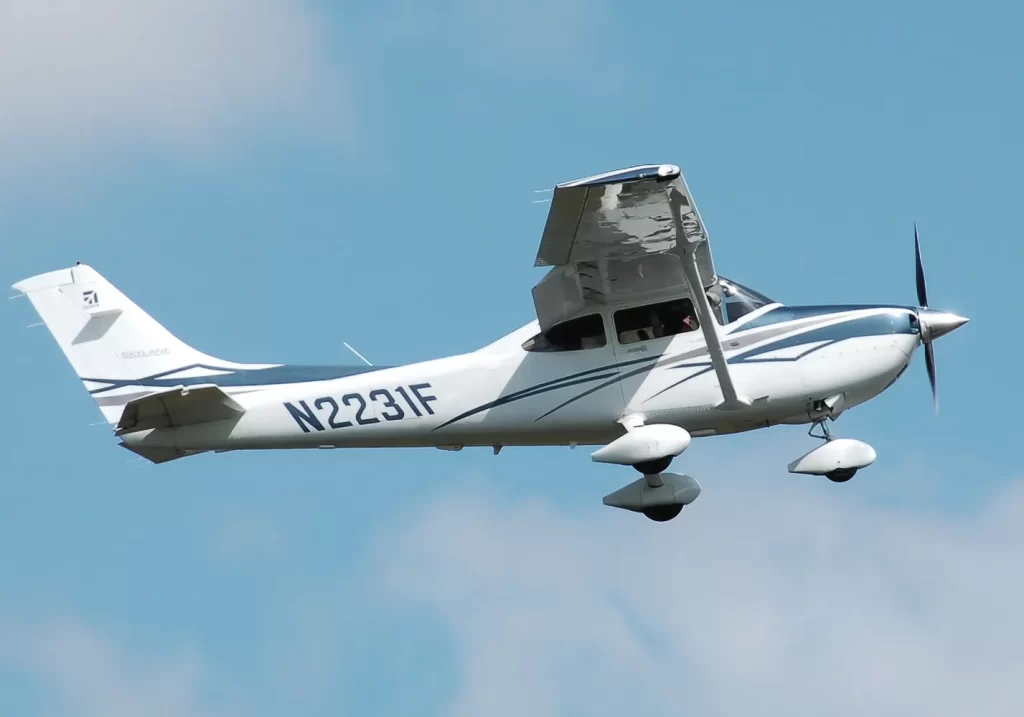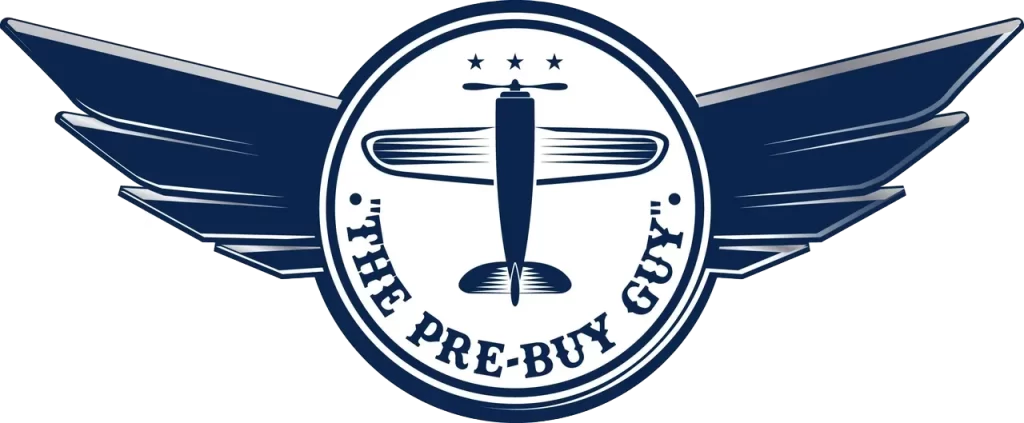- By theprebuyguynew
- March 24, 2025
- Comments (0)

“Buying an aircraft is thrilling, but one inspection misstep could cost you a fortune”.
Understanding the difference between a Pre-Buy Inspection and an Annual Inspection is crucial for making an informed investment.
When purchasing an aircraft, many buyers assume an Annual Inspection is enough to verify its condition. However, an Annual Inspection focuses on regulatory compliance rather than uncovering hidden issues that could turn your dream aircraft into a financial burden. This is where a Pre-Buy Inspection becomes essential. In this article, we’ll break down the key differences between these inspections and explain why a thorough aircraft pre-purchase inspection is your best safeguard against costly surprises.
What is an Annual Inspection?
The Annual Inspection is a comprehensive examination required by the FAA for all U.S.-registered aircraft. It ensures that an aircraft remains airworthy and meets regulatory compliance. Here are the key aspects of an Annual Inspection:
- Conducted once every 12 calendar months, regardless of flight hours.
- Involves a detailed airframe, engine, and avionics inspection following manufacturer guidelines.
- Identifies maintenance issues that must be resolved for continued airworthiness.
- Carried out by an A&P mechanic with an Inspection Authorization (IA).
While an Annual Inspection is essential for ensuring an aircraft remains legally operable, it is NOT specifically designed for potential buyers. This is where a Pre-Purchase Inspection (Pre-Buy) becomes crucial.
What is a Pre-Purchase (Pre-Buy) Inspection?
An aircraft evaluation takes place as part of the purchasing process under a Pre-Purchase Inspection. A Pre-Purchase Inspection stands apart from an annual inspection because it shields the buyer from undisclosed problems that could trigger serious maintenance expenses and equipment malfunctions. Here’s what makes it different:
- People perform these inspections prior to purchasing aircraft to understand their actual condition.
- You do not need to perform a Pre-Purchase Inspection according to the FAA regulations, yet owners do so for preventing financial losses from undetected flaws.
- The inspection scope can be developed according to different aircraft characteristics, such as historical information, model type, and estimated cost.
- This process aims to reveal secrets about airplane damage, concealed flaws, and maintenance system weaknesses.
- The process requires a detailed examination of logbooks, together with records and information about past maintenance work.
- The Pre-Buy Inspection assists sellers in securing advantageous terms and prevents them from acquiring flawed aircraft.
Why a Pre-Buy Inspection Matters
There are no guarantees the aircraft is a valuable investment even though obtaining an Annual Inspection certifies airworthiness status. Annual check results do not determine whether defects pose significant issues to prospective buyers. A Pre-Buy Inspection ensures:
- Hidden damages and bad repair work that could demand major maintenance expenses later on will be caught.
- Proper maintenance records should contain exact entries that demonstrate the aircraft has received appropriate service.
- Operators check whether aircraft follow Airworthiness Directive (AD) requirements along with all unexecuted service bulletin recommendations.
- The inspection produces a full understanding of future maintenance expenses and upcoming fix requirements.
Let Your Dream Aircraft Not Turn Into an Aircraft Nightmare
We conduct professional Aircraft Pre-Purchase Inspections or aviation pre-buy services at The Pre-Buy Guy™ to help buyers avoid unexpected expenses. Our team of specialized inspectors with more than two decades of aircraft maintenance knowledge assists clients in making smart investment decisions before spending their resources.
Get a FREE consultation today! Our team exists to identify potential issues that will later result in major financial disappointments. Drop us a call before your aircraft purchase becomes final.
Your ideal aircraft needs to be an investment asset instead of creating financial obligations. The purpose is to maintain this positive trend so keep it going indeed.


